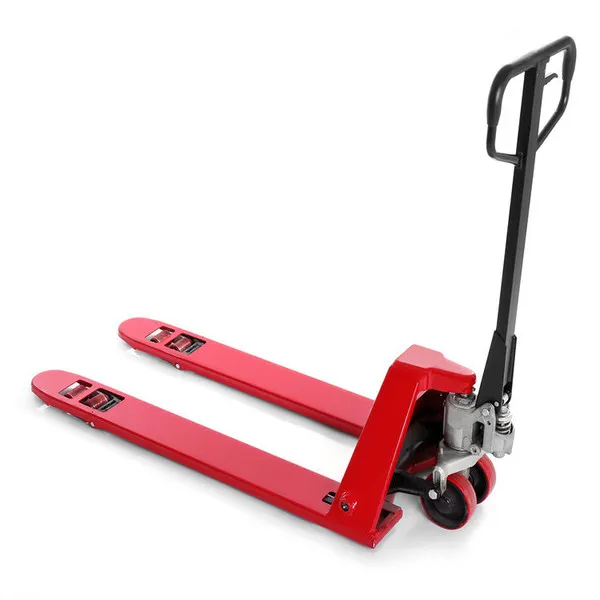


The Importance of Fall Arresters in Safety Management
In various industries, safety is paramount, especially in jobs that involve working at heights. Accidents due to falls are among the leading causes of workplace injuries and fatalities. To mitigate these risks, fall arrest systems, commonly known as fall arresters, have become essential components of safety protocols. This article discusses the importance of fall arresters, their types, and how they contribute to creating safer working environments.
Understanding Fall Arresters
A fall arrester is a device designed to protect individuals from falling while working at elevations. These systems are typically used in construction, maintenance, and other industrial settings where personnel may be at risk of falling from heights. Fall arresters function by arresting a fall once it occurs, thereby minimizing the distance and impact force experienced by the worker. They are an integral part of safety harness systems, which secure the worker to a stable structure.
Types of Fall Arrest Systems
There are several types of fall arrest systems, each suited for different applications and environments
1. Harness and Lanyard Systems These are the most common fall protection systems. A safety harness is worn by the worker and connected to a lanyard, which is attached to a secure anchorage point. If a fall occurs, the lanyard absorbs the shock and prevents the person from hitting the ground.
2. Self-Retracting Lifelines (SRLs) SRLs are advanced versions of traditional lanyard systems. They automatically extend and retract as the user moves, providing continuous support and reducing the risk of slack that could lead to a fall. In the event of a fall, the mechanism locks in place, quickly arresting the descent.

3. Fall Arrest Nets These nets are installed below work areas to catch falling workers or tools. They offer a collective safety measure, protecting multiple workers at once and allowing for some movement without the need for individual harness systems.
4. Body Belts and Systems While less common since their use is now discouraged in many regions due to safety regulations, body belts were previously employed as a form of fall protection. However, they do not effectively prevent a fall but rather limit the distance of a potential fall.
The Role of Training and Maintenance
While fall arresters provide vital protection, their effectiveness depends heavily on proper training and maintenance. Workers must be trained on how to use these devices correctly, understand the limits of the equipment, and recognize the potential hazards of their workplace. Regular inspections and maintenance of fall arrest systems are equally crucial. Equipment that is worn, damaged, or improperly maintained can fail when needed most, leading to severe consequences.
Regulatory Compliance
In many countries, occupational safety and health administrations have established regulations regarding fall protection in the workplace. Compliance with these regulations not only helps prevent workplace accidents but also protects employers from legal liabilities. Businesses must invest in the right fall arrest equipment and ensure that their teams are appropriately trained in its use to adhere to these legal obligations.
Conclusion
Fall arresters are critical tools in safeguarding workers exposed to the dangers of working at heights. Their proper implementation, combined with thorough training and maintenance, can significantly reduce the risk of fall-related injuries and fatalities. As industries continue to prioritize safety, investing in effective fall protection systems like fall arresters remains essential in creating a safer work environment for all. By prioritizing safety measures, companies not only protect their workers but also foster a culture of care and responsibility that enhances overall productivity.



